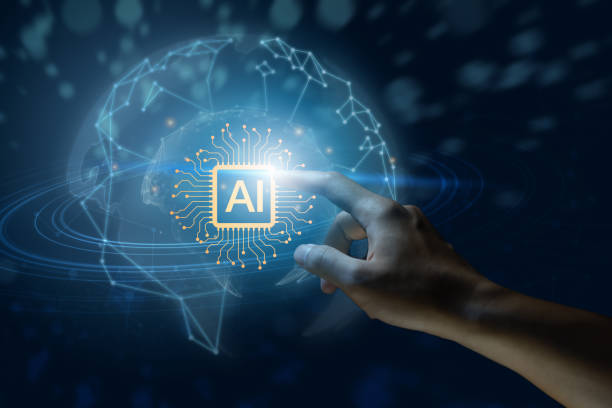What is an AI robot and what are its applications?

What is an AI Robot?
#AI robot is a combination of two important fields of science and technology: robotics and artificial intelligence.
Simply put, an AI robot is a physical machine or a computer program that has the ability to perform tasks that typically require human intelligence.
These tasks can include learning, reasoning, problem-solving, natural language understanding, and even creativity.
AI robots, using complex algorithms and vast amounts of data, are capable of analyzing their surroundings, making decisions, and taking appropriate actions.
Artificial Intelligence (AI) actually refers to a set of techniques and algorithms that enable machines to “think” and exhibit human-like behaviors.
These behaviors include pattern recognition, language translation, data analysis, and prediction.
Robotics also deals with the design, construction, operation, and application of robots.
When these two fields are combined, the result is an AI robot that can perform more complex tasks than traditional robots.
AI robots can exist physically (like industrial robots or domestic robots) or as software (like chatbots or virtual assistants).
The main goal of developing these robots is to increase efficiency, accuracy, and speed in performing various tasks.
These robots can be deployed in environments that are dangerous or difficult for humans, contributing to the improvement of quality of life and societal progress.
For more information on artificial intelligence, you can refer to Wikipedia.
Does your current website convert visitors into customers or scare them away? Solve this problem forever with professional corporate website design by Rasawab!
✅ Build strong credibility and branding
✅ Attract target customers and increase sales
⚡ Get a free consultation now!
Main components of an AI robot
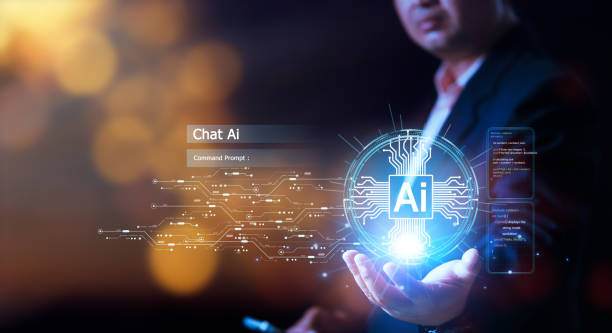
Key Components of AI Robots
An AI robot typically consists of several main components that work together to enable it to perform various tasks.
These components include:
- Sensors These sensors collect information about the surrounding environment.
This information can include images, sounds, temperature, pressure, and other sensory data. - Processor The robot’s brain is responsible for processing the information collected by the sensors.
Using AI algorithms, the processor analyzes data and makes necessary decisions. - Actuators This section executes the processor’s commands and causes the robot to move or perform physical actions.
Actuators can include motors, pumps, arms, and other mechanical components. - AI Software Includes algorithms and machine learning models that enable the robot to learn, reason, and make decisions.
This software can be installed locally on the robot or accessed via an internet connection and cloud services. - Power Source Supplies the energy required for the robot’s operation.
The power source can include batteries, solar cells, or connection to the electrical grid.
These components, in cooperation and coordination with each other, enable an AI robot to operate in various environments and perform diverse tasks.
For example, an industrial robot working on a production line uses sensors to detect defective parts, a processor to analyze data and decide how to repair or replace parts, and actuators to perform physical actions.
Types of AI robots based on application

Categorization of AI Robots
AI robots are divided into various categories based on different applications.
Some of the most important categories include:
Industrial Robots These robots are used in factories and production lines for repetitive and heavy tasks.
They can assemble parts, paint, weld, and perform other production tasks with high precision and speed.
The use of industrial robots leads to increased productivity and reduced human error.
Service Robots These robots are used in various environments such as hospitals, hotels, restaurants, and homes to provide services to humans.
They can perform tasks such as cleaning, food delivery, patient care, and information provision.
Service robots help improve the quality of services and reduce the workload of staff.
Medical Robots These robots are used in surgeries, disease diagnosis, rehabilitation, and patient care.
They can perform complex surgeries with high precision, analyze medical images and diagnose diseases, and assist patients with rehabilitation exercises.
Medical robots help improve the accuracy and speed of treatment and reduce surgical risks.
Agricultural Robots These robots are used in farms and orchards for tasks such as planting, cultivating, harvesting, and spraying.
They can precisely plant seeds, eliminate weeds, harvest crops, and accurately spray pesticides.
Agricultural robots help increase productivity and reduce water and pesticide consumption.
Military Robots These robots are used in military operations for tasks such as reconnaissance, bomb disposal, transportation, and combat.
They can collect information in dangerous and high-risk environments, neutralize bombs, transport equipment and supplies, and participate in warfare.
Military robots help reduce human casualties and increase troop safety.
| Robot Type | Application |
|---|---|
| Industrial | Production lines, assembly, welding |
| Service | Cleaning, food delivery, care |
| Medical | Surgery, disease diagnosis, rehabilitation |
Advantages and disadvantages of using AI robots
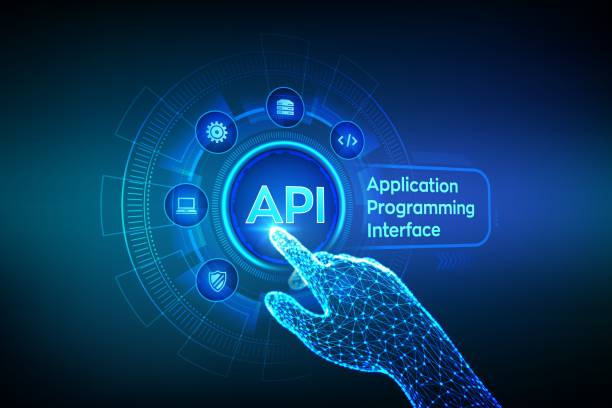
Advantages and Disadvantages
Using #AI robots has many advantages, including increased productivity, reduced costs, improved service quality, and enhanced safety.
However, the use of these robots also has disadvantages, including job displacement, increased reliance on technology, and ethical concerns.
Advantages:
- Increased Productivity AI robots can work continuously without fatigue, which leads to increased productivity in various industries.
- Reduced Costs The use of robots can reduce labor costs, maintenance, and energy consumption.
- Improved Service Quality AI robots can provide services with high precision and without errors, which leads to improved service quality.
- Enhanced Safety Robots can work in dangerous and high-risk environments instead of humans, which leads to increased safety.
Disadvantages:
- Job Displacement Widespread use of robots can lead to the loss of human jobs, especially in industries with repetitive and routine tasks.
- Increased Reliance on Technology Over-reliance on technology can create new vulnerabilities and risks, especially in the event of technical disruptions or cyberattacks.
- Ethical Concerns The use of AI robots can raise new ethical questions and concerns, especially regarding privacy, discrimination, and accountability.
For successful use of AI robots, their advantages and disadvantages must be carefully considered, and appropriate planning must be done to manage challenges and reduce potential risks.
Did you know that a weak corporate website costs you many opportunities daily? Solve this problem forever with professional corporate website design by Rasawab!
✅ Create a powerful and trustworthy image for your brand
✅ Attract targeted new customers and increase sales
⚡ [Get free website design consultation]
Challenges ahead for the development and use of AI robots
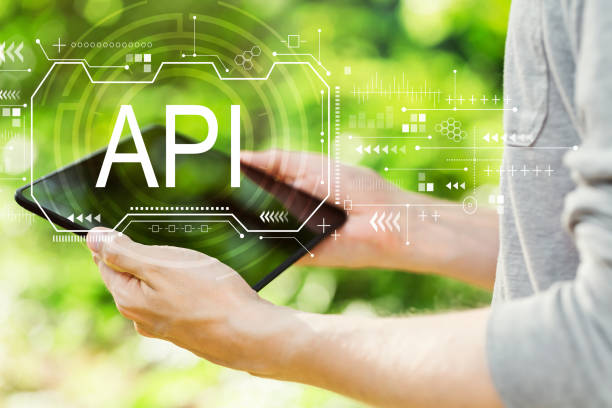
Development Obstacles
The development and use of AI robots face numerous challenges.
Some of the most important of these challenges include:
- Technical Limitations There are still many technical limitations in the field of AI and robotics that hinder the development of intelligent and efficient robots.
For example, robots still do not perform as well as humans in natural language understanding, emotion detection, and complex problem-solving. - High Costs The development, production, and maintenance of AI robots are costly.
These costs can prevent the widespread use of these robots in small and medium-sized industries and businesses. - Security Concerns AI robots can be vulnerable to cyberattacks and misuse.
These concerns can hinder public trust in these robots and their use in sensitive applications. - Legal and Ethical Barriers There are still insufficient laws and regulations to govern the use of AI robots.
This can lead to the misuse of these robots and the violation of individuals’ rights and privacy.
Furthermore, ethical issues related to robot decision-making and their accountability have not yet been fully resolved.
To overcome these challenges, investment in research and development, drafting appropriate laws and regulations, and increasing public awareness of the advantages and risks of AI robots are needed.
The future of AI robots and their impact on human life
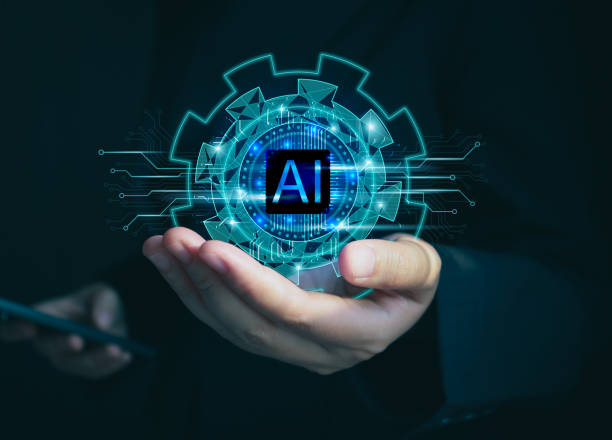
Bright Future or Dark?
The future of AI robots looks very bright and promising.
With continuous advancements in AI and robotics, it is expected that smarter, more efficient, and more versatile robots will be developed that can play an important role in various aspects of human life.
#AI robots in medicine, industry, agriculture, transportation, education, and other fields can help improve quality of life, increase productivity, and solve complex problems.
However, it should also be noted that the development and use of AI robots can also bring new challenges and risks.
Job displacement, increased inequality, security concerns, and ethical issues are among the challenges that must be seriously considered and appropriate solutions found for them.
To optimally utilize the potential of AI robots and mitigate potential risks, cooperation and coordination between governments, industry, academia, and civil society are needed.
By drafting appropriate laws and regulations, investing in education, and increasing public awareness, the groundwork for responsible and ethical use of this technology must be laid.
AI robots can become powerful tools for improving human lives and solving global problems, provided they are properly managed and controlled.
How to choose the right AI robot for your needs
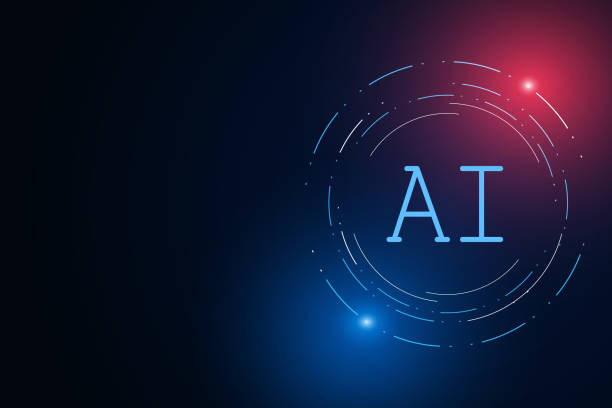
Selection Guide
Choosing the right #AI robot for your specific needs can be a complex process.
However, by considering a few key factors, you can make a better choice:
- Determine Needs First, you need to precisely define your needs.
What tasks do you want the robot to perform? What features are important to you? What is your budget? - Research and Review After determining your needs, you should research the different types of AI robots available in the market.
Compare their features, prices, and capabilities.
Read user reviews and expert analyses. - Consult Experts If you are unsure about choosing the right robot, consult experts in the field.
They can help you assess your needs, compare options, and select the best robot for you. - Test and Evaluate Before purchasing a robot, try to test it and evaluate its performance in real-world conditions.
Ask the seller to provide the opportunity to test the robot. - After-Sales Service Ensure that the seller provides adequate after-sales service.
This service can include training, maintenance, and technical support.
By following these tips, you can choose an AI robot suitable for your needs and benefit from its advantages.
#AI robot
| Feature | Importance | Description |
|---|---|---|
| Capabilities | High | Tasks the robot can perform |
| Price | Medium | Purchase and maintenance cost |
| Service | Medium | Support, repair, training |
Important tips for maintenance and repair of AI robots

Maintenance Methods
Proper maintenance and repair of AI robots are crucial to ensure their correct functioning and longevity.
Here are some important tips in this regard:
- Periodic Inspection Regularly inspect the robot and ensure its components are sound.
Promptly repair any damage or malfunction. - Cleaning Regularly clean the robot and prevent the accumulation of dust and contaminants on its parts.
- Lubrication Regularly lubricate the robot’s moving parts to prevent wear and tear.
- Software Updates Regularly update the robot’s software to benefit from the latest features and security patches.
- User Training Train robot users on how to use it correctly and prevent damage to it.
By following these tips, you can maintain your AI robot in good condition and ensure its longevity.
This care guarantees long-term productivity from your intelligent robot.
Research shows that 80% of customers trust companies with professional websites more. Does your current website inspire this trust?
With Rasawab’s corporate website design services, solve the problem of customer distrust and weak online image forever!
✅ Create a professional image and increase customer trust
✅ Attract more sales leads and grow your business
⚡ Get a free consultation
Ethical issues related to AI robots

A Look at Ethics
The development and use of #AI robots raise important ethical issues that must be addressed.
Some of these issues include:
- Accountability In case of error or damage by the robot, who is responsible? Should the robot be held accountable?
- Privacy Robots can collect a lot of information about us.
How can individuals’ privacy be protected from robots? - Discrimination Robots can discriminate based on the algorithms designed for them.
How can discrimination in robot decision-making be prevented? - Security Robots can be misused and employed for malicious purposes.
How can the security of robots be protected from hackers and abusers? - Transparency Robot decisions must be transparent and explainable.
How can it be ensured that robots make decisions based on ethical principles?
To solve these ethical issues, there is a need for drafting appropriate laws and regulations, developing ethical algorithms, and increasing public awareness of ethical issues related to AI robots.
#AI robot.
Ethical discussions are the cornerstone of responsible AI development.
Introduction to AI robots and related job opportunities
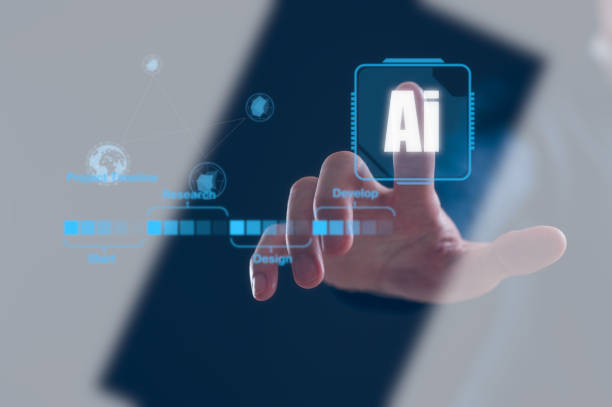
Job Opportunities
With the increasing use of #AI robots, many job opportunities have been created in this field.
Some of these opportunities include:
- Robotics Engineer Design, construction, and maintenance of robots
- AI Engineer Development of AI algorithms and models for robots
- Data Scientist Analyzing data collected by robots and providing valuable insights
- Robotics Technician Repair and maintenance of robots
- Robotics Consultant Providing consultation to businesses on how to use robots
To enter these professions, relevant education and skills in engineering, computer science, and mathematics are required.
Furthermore, knowledge and experience in AI and robotics are also very important.
Given the rapid growth of this field, job opportunities in #AI robots will also increase in the future.
Entering this arena requires preparedness and continuous learning of up-to-date knowledge.
Frequently Asked Questions
| Row | Question | Answer |
|---|---|---|
| 1 | What is an AI robot? | An AI robot is a machine capable of understanding, reasoning, learning, and problem-solving, and can perform complex tasks with relative autonomy. |
| 2 | What are the most important applications of AI robots? | Main applications include industrial manufacturing, customer services (chatbots), medicine and surgery, autonomous transportation, space exploration, and military affairs. |
| 3 | What is the main difference between an AI robot and a regular robot? | A regular robot only follows programmed instructions, whereas an AI robot can learn from data, make decisions, and adapt itself to new environments. |
| 4 | How do AI robots learn? | They learn by identifying patterns and improving their performance through machine learning algorithms (such as deep learning, reinforcement learning) and processing vast amounts of data. |
| 5 | Can AI robots have emotions? | Currently, AI robots do not possess real emotions in the human sense. They can mimic or detect emotions but do not understand or experience them. |
| 6 | What are the current limitations of AI robots? | Limitations include the need for large amounts of data, inability to understand abstract concepts, lack of true creativity, ethical issues, and challenges of generalization in new environments. |
| 7 | What is the role of AI in the development of Humanoid robots? | AI helps humanoid robots to walk, maintain balance, understand their surroundings, interact with humans, and perform complex tasks. |
| 8 | How is the future of AI robots predicted? | It is predicted that AI robots will become smarter, more autonomous, and capable of performing more complex tasks in daily life and industry, and their interaction with humans will increase. |
| 9 | Can AI robots replace all human jobs? | It is unlikely that all human jobs will be replaced. Robots will take over many repetitive and dangerous tasks, but jobs requiring creativity, empathy, and ethical judgment will remain. |
| 10 | What ethical and social challenges arise with the expansion of AI robots? | Challenges include issues related to privacy, data security, ethical decision-making by robots, impact on employment, and accountability in case of errors. |
And other advertising agency services by Rasa Web in the field of advertising
- Smart Marketing Automation: An innovative service to improve SEO ranking by optimizing key pages.
- Smart Custom Software: A combination of creativity and technology to increase click-through rates by using real data.
- Smart Advertorials: A creative platform to improve website traffic increase with marketing automation.
- Smart UI/UX: A combination of creativity and technology to increase click-through rates by precise audience targeting.
- Smart Advertorials: A combination of creativity and technology to increase click-through rates by using real data.
And hundreds of other services in the field of internet advertising, advertising consultation, and organizational solutions
Internet Advertising | Advertising Strategy | Advertorial
Sources
AI Guide on Digiato
Applications of AI Robots on Zoomit
Comprehensive AI Guide on IRNA
Using AI Robots on ISNA
? For your business’s leap in the digital world, Rasawab Afarin Digital Marketing Agency, specializing in areas such as WordPress website design, SEO, and content marketing, offers innovative and targeted solutions.
📍 Tehran, Mirdamad Street, next to Central Bank, Southern Kazeroun Alley, Ramin Alley, No. 6

